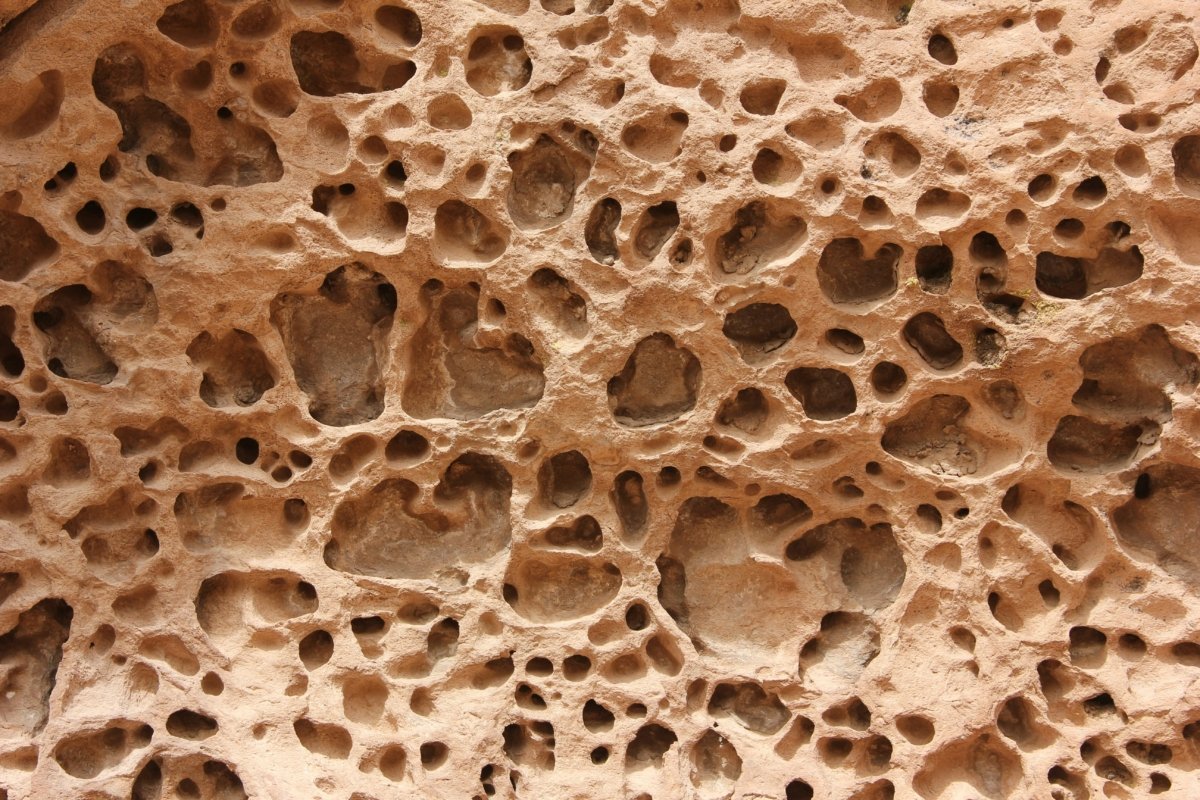Osteoporosis is often called the “silent disease” because bone loss happens without symptoms until a fracture occurs. It’s a condition that affects millions globally and becomes more common with age, especially in postmenopausal women. But osteoporosis isn’t inevitable. With the right nutrition, lifestyle choices, and medical support, you can protect and even strengthen your bones.
What Is Osteoporosis?
Osteoporosis is a condition characterized by reduced bone mass and deterioration of bone tissue, leading to fragile bones and an increased risk of fractures—particularly in the hips, spine, and wrists. Bone remodeling is a natural process in which old bone is broken down (resorption) and replaced with new bone. Osteoporosis occurs when resorption outpaces formation.
Who’s at Risk?
While osteoporosis can affect anyone, the following factors increase risk:
Age: Risk rises after age 50.
Sex: Women, especially postmenopausal, are at greater risk due to a drop in estrogen.
Family history of fractures or osteoporosis.
Low body weight or small frame.
Certain medications (e.g., corticosteroids, proton pump inhibitors).
Chronic conditions such as celiac disease, inflammatory bowel disease, hyperthyroidism, or rheumatoid arthritis.
Lifestyle factors: low physical activity, smoking, excessive alcohol, or poor nutrition.
The Role of Nutrition
Bone health is deeply influenced by nutrition. Here’s what matters most:
Calcium
Calcium is the foundational mineral for bones. Adults aged 50+ should aim for 1,200 mg daily from food or supplements.
Food sources:
Dairy: yogurt, cheese, milk
Non-dairy: sardines (with bones), tofu (if tolerated), fortified plant milks, leafy greens (e.g., collards, bok choy)
Note: Spinach and Swiss chard contain calcium but also oxalates, which limit absorption.
Vitamin D
Vitamin D enhances calcium absorption and supports bone remodeling. Sunlight exposure is helpful, but supplementation is often needed, especially in older adults or those with limited sun exposure.
Recommended intake: 800–1,000 IU daily for adults over 50.
Vitamin K2
Vitamin K2 helps guide calcium into the bones and away from soft tissues. It’s found in fermented foods like natto, as well as in certain cheeses.
Low vitamin K status is associated with increased fracture risk .
Magnesium & Phosphorus
Both are critical for bone structure. Magnesium-rich foods include pumpkin seeds, almonds, and legumes. Excess phosphorus from soda and processed meats, however, can leach calcium from bones.
Protein
Adequate protein supports bone repair and muscle mass, which helps reduce fall risk. However, very high protein diets without enough calcium may lead to calcium loss .
Lifestyle Strategies
Weight-bearing and resistance exercise: Think walking, hiking, dancing, or weight training—activities that “stress” bones in a good way and stimulate growth.
Quit smoking and limit alcohol: Both are linked to bone loss and increased fracture risk.
Fall prevention: Home safety, balance training, and vision checks are vital, especially as we age.
When to Get Screened
A DEXA scan (dual-energy X-ray absorptiometry) is the gold standard for measuring bone density. The U.S. Preventive Services Task Force recommends screening:
All women age 65 and older
Postmenopausal women under 65 with risk factors
Discuss screening with your provider if you have a history of fractures, chronic illness, or are on long-term corticosteroids.
Nutrition and Supplementation: A Personalized Approach
Not everyone needs the same plan. Some people may benefit from:
Calcium citrate (better absorbed with low stomach acid)
Vitamin D3 vs. D2
K2 (MK-7) for long-term bone support
Collagen peptides to support the protein matrix of bone
Work with a clinical nutritionist or healthcare provider to assess your nutrient status, supplement appropriately, and create a targeted plan.
Final Thoughts
Osteoporosis may be common, but it doesn’t have to define your future. With a proactive approach that includes nutrient-dense foods, weight-bearing activity, and smart supplementation, you can build a strong foundation—literally—for years to come.
References
Booth, S. L., et al. (2000). Dietary vitamin K intakes are associated with hip fracture risk in women. American Journal of Clinical Nutrition, 71(5), 1201–1208. https://doi.org/10.1093/ajcn/71.5.1201
Fenton, T. R., et al. (2011). Effect of the acid load of the diet on bone health: a systematic review and meta-analysis of the evidence. Nutrition Journal, 10(1), 41. https://doi.org/10.1186/1475-2891-10-41
König, D., et al. (2018). Specific collagen peptides improve bone mineral density and bone markers in postmenopausal women—a randomized controlled study. Nutrients, 10(1), 97. https://doi.org/10.3390/nu10010097
Recent posts
-

Understanding IBS-C and IBS-D: Managing the Symptoms Through Diet and Lifestyle
07/25/2025 at 08:17
-

Stronger Bones, Healthier You: Understanding and Managing Osteoporosis
07/18/2025 at 12:53
-

Cholesterol and HbA1c Management in Premenopausal Women: What You Need to Know
07/09/2025 at 07:41
-

Brain Health and Nutrition: Boosting Cognitive Function and Immune Support Through Food
06/25/2025 at 12:18
-

Understanding Menopause and Perimenopause: Key Insights for Women’s Health
06/20/2025 at 13:23
-

Metabolic Health and Weight Loss: Unlocking the Key to Long-Term Success
06/20/2025 at 13:15
-

Antioxidants
06/14/2025 at 10:34
-

Anxiety and the gut: what is the relationship?
06/08/2025 at 13:42


Leave a reply